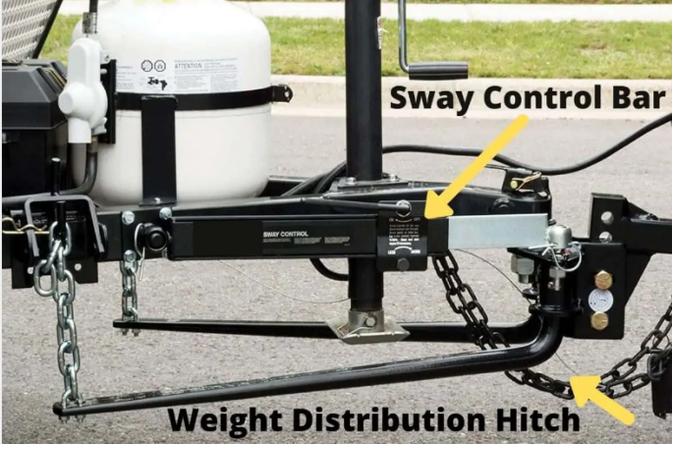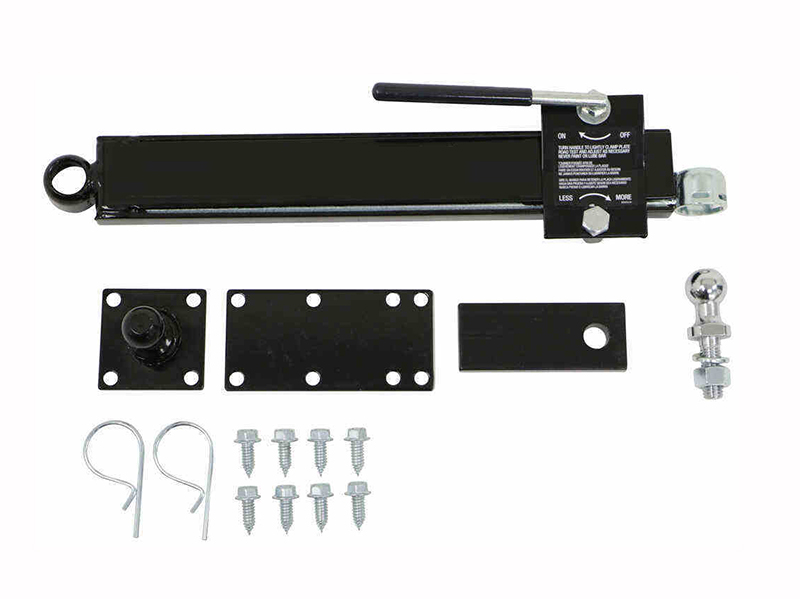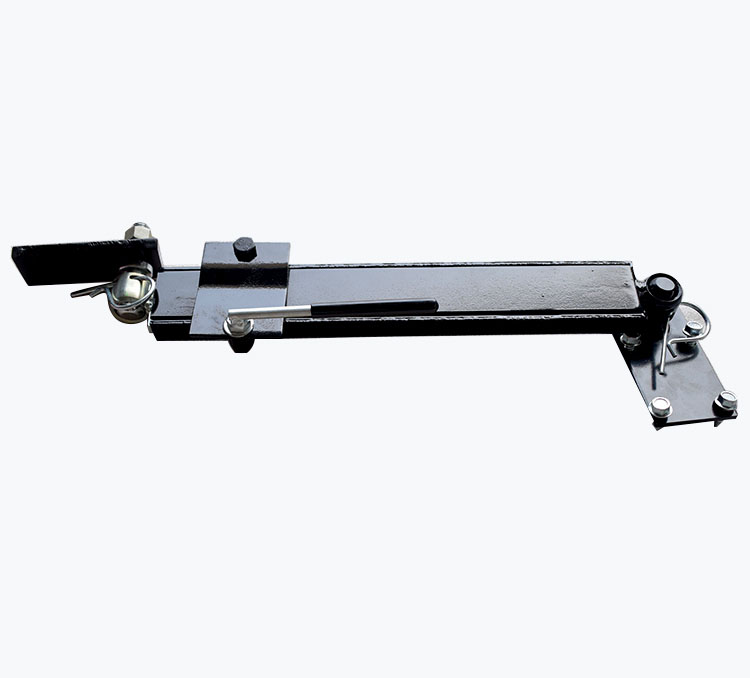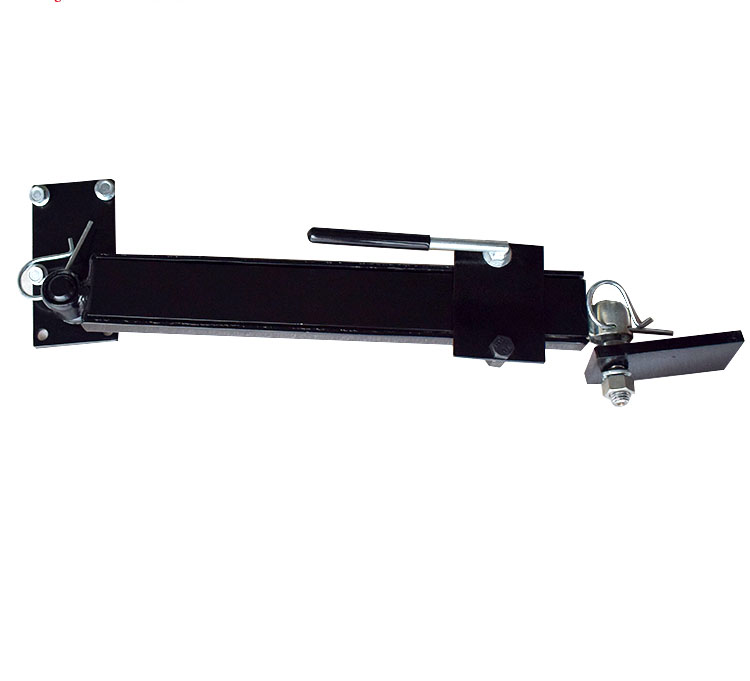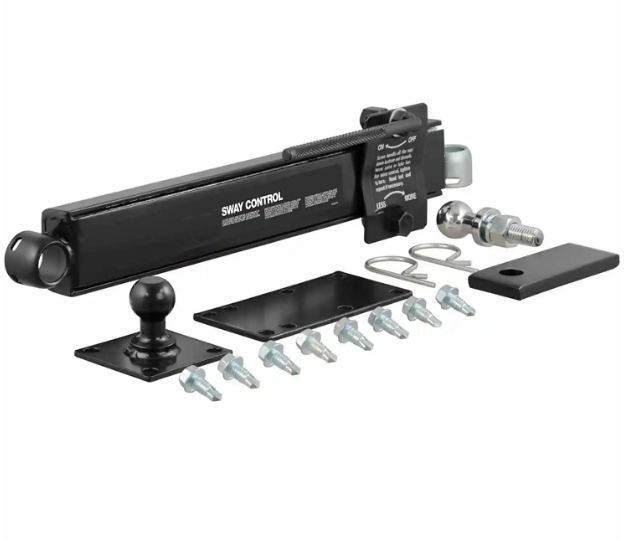Weight Distribution Sway Control Kits for Hitch
1. Improved towing stability: Sway control helps to increase the stability of the towing vehicle and the trailer, reducing the likelihood of sway or fish-tailing. This improves overall control and handling of the vehicle-trailer combination.
2. Increased safety: By reducing trailer sway, sway control enhances safety on the road. It minimizes the risk of accidents caused by unstable towing conditions, especially during high winds, sharp turns, or sudden lane changes.
3. Reduced driver stress: Sway control systems provide drivers with increased peace of mind and confidence while towing. The reduced sway allows for a smoother, more predictable driving experience, resulting in less stress and fatigue for the driver.
4. Protection of cargo and equipment: Sway control minimizes the chances of cargo or equipment shifting within the trailer during transit. This reduces the risk of damage to the goods being transported and helps to maintain their proper condition.
Sway control refers to the mechanisms or techniques used to minimize trailer sway or fishtailing when towing a trailer. It is important to have proper sway control in place to ensure safe and stable towing.
There are several methods of sway control, including:
Weight distribution hitches: These hitches are designed to evenly distribute the weight of the trailer across the front and rear axles of the tow vehicle. This helps to improve stability and reduce sway.
Sway control devices: There are various devices available that attach to the trailer and tow vehicle to reduce sway. These can include friction sway control bars, dual-cam sway control systems, or electronic sway control systems.
Proper loading: Correctly loading the trailer is essential for minimizing sway. It is important to distribute the weight evenly and make sure it is not too heavy on one side. Also, ensure that the trailer's center of gravity is positioned correctly.
Proper tire inflation: Ensuring that the tires on both the tow vehicle and the trailer are properly inflated can help improve stability and reduce sway.
Avoiding sudden movements: Smooth and gradual movements while towing can help prevent trailer sway. Avoid sudden lane changes or quick steering maneuvers.
Remember, it is important to follow the manufacturer's recommendations for sway control on your specific trailer and tow vehicle combination. Consult the owner's manual or seek professional advice if you have any doubts or questions about sway control.
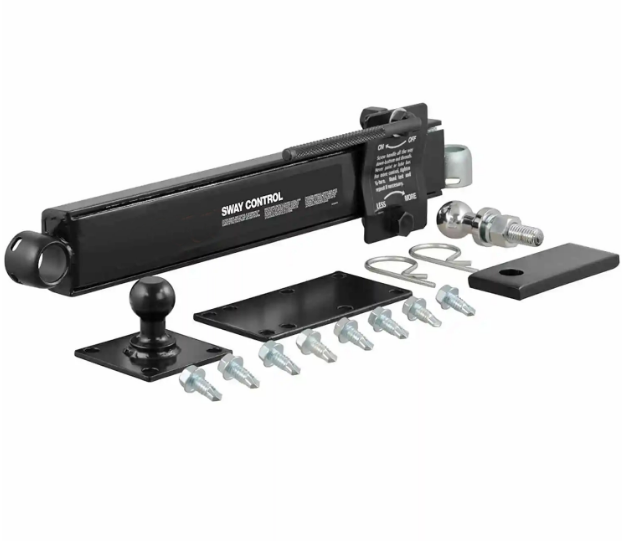
REDFOX Sway Control Features
REDFOX Screw-On Sway Control Hitch Left-Mounted Driver Side
Minimizes sway caused from passing trucks and sudden wind gusts
Double friction pads provide constant sway abatement
RedFox sway controls are easily released when road conditions do not warrant their use
Will not reduce road clearance
Attaches with easy socket and spring clip connectors
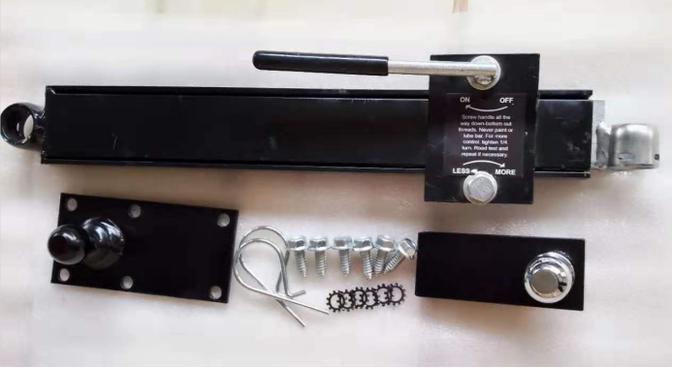
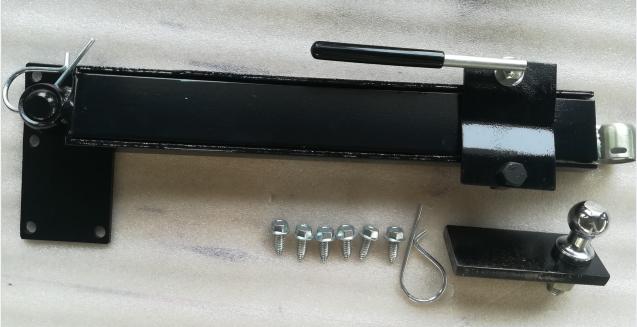

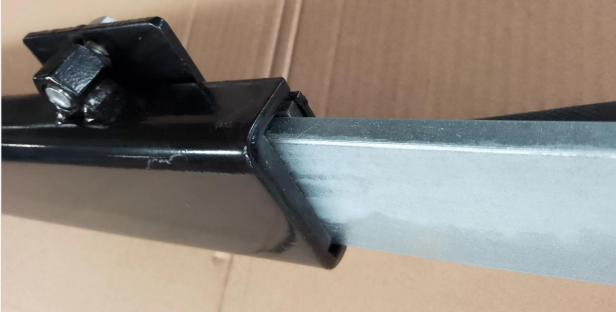
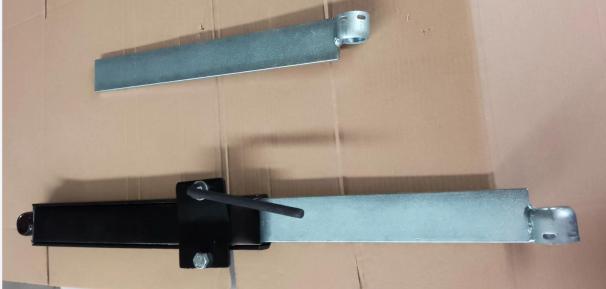
How to use a sway control?
Ensure that the sway control device is properly installed on your towing vehicle. Most sway control devices attach to the hitch receiver and use a weight-distributing system to help control trailer sway.
Adjust the sway control device according to the manufacturer's instructions. This may involve setting the tension or angle of the device to match the weight distribution and size of your trailer.
Before towing, make sure your trailer and towing vehicle are properly loaded and balanced. Ensure that the trailer's load is distributed evenly and that the tongue weight is within the recommended range for your specific vehicle and trailer combination.
While driving, pay attention to any signs of trailer sway, such as the trailer swaying side-to-side or feeling unstable. If you notice sway, do not overreact by applying excessive steering or braking inputs. Instead, stay calm and follow these steps:
a. Gradually reduce your speed by gently easing off the accelerator. Avoid sudden, jerky movements.
b. Maintain a firm, steady grip on the steering wheel and keep the vehicle in a straight line. Avoid sudden steering inputs.
c. If needed, activate the vehicle's trailer brake control system (if equipped) to help stabilize the trailer.
d. Allow extra stopping distance and be cautious when changing lanes or passing other vehicles.
If trailer sway continues or worsens despite your efforts, pull over to a safe location and inspect your setup. Ensure that the sway control device is properly attached and adjusted. Make any necessary adjustments or repairs before continuing on your journey.
